Introduction
In recent years, teledentistry has emerged as a revolutionary force in the world of oral healthcare, reshaping how patients access routine dental care. Teledentistry, a form of telemedicine specifically dedicated to dental health, allows patients to consult with dental professionals remotely, without having to visit a clinic in person. This new technology has gained significant traction due to its convenience, particularly in the wake of the global pandemic, which highlighted the need for safe and efficient healthcare solutions that minimize in-person visits.
But is teledentistry the future of routine dental check-ups, or is it simply a temporary solution to address current challenges? In this article, we will explore the rise of teledentistry, its advantages for routine dental care, the limitations that still exist, and whether it can fully replace in-person visits in the long run.
What Is Teledentistry and How Does It Work?
Teledentistry refers to the use of technology to provide dental care remotely. It involves the use of digital platforms and tools that enable patients and dental professionals to communicate virtually, conduct consultations, share images and X-rays, and receive dental advice without requiring a physical visit. The two main types of teledentistry are synchronous and asynchronous.
1. Synchronous Teledentistry
Synchronous teledentistry involves real-time communication between a patient and a dental professional. This typically takes the form of a video call or live chat session, during which the dentist can assess the patient’s symptoms, provide advice, and make recommendations for further treatment. For example, if a patient is experiencing pain or discomfort in a specific area of their mouth, they can schedule a video consultation to discuss the issue with their dentist.
Synchronous teledentistry is particularly useful for consultations regarding minor issues or ongoing concerns that do not require immediate, hands-on examination. The dentist can offer advice on oral hygiene, check progress after treatments like fillings or root canals, or assess potential issues that the patient describes.
2. Asynchronous Teledentistry
Asynchronous teledentistry, on the other hand, does not involve real-time communication. Instead, patients can send pre-recorded images, videos, or even descriptions of their dental concerns to their dentist, who can review the information at a later time and provide feedback or recommendations. This method allows for more flexibility, as patients can submit their information whenever it’s convenient, and dentists can respond when they are available.
Asynchronous teledentistry can be particularly useful for routine check-ups, follow-up care, and basic assessments, such as reviewing the progress of treatments or assessing concerns about tooth sensitivity or gum health. However, this method is best suited for less complex cases where immediate feedback is not necessary.
Benefits of Remote Consultations for Routine Dental Care
The rise of teledentistry presents numerous benefits for both patients and dental professionals, particularly for routine check-ups and follow-up care. Here are some of the primary advantages:
1. Convenience and Accessibility
One of the most obvious benefits of teledentistry is the convenience it offers. Patients no longer need to take time off work, find childcare, or spend time commuting to a dental clinic for a routine check-up or consultation. Teledentistry allows them to access care from the comfort of their home, making it much easier to fit dental care into their busy schedules. This is particularly valuable for individuals who live in remote areas, have mobility issues, or face transportation barriers.
For patients with limited access to dental care, especially in rural or underserved communities, teledentistry can bridge the gap and provide much-needed access to professional dental advice and care. It can also eliminate the need to wait for a scheduled appointment, providing quicker access to dental professionals for those with minor concerns.
2. Cost-Effectiveness
Routine dental visits can be expensive, particularly when factoring in time off work, travel costs, and potential childcare. Teledentistry eliminates many of these expenses, making dental care more affordable. For dental practices, teledentistry can also reduce overhead costs, such as maintaining large office spaces, paying for utilities, and purchasing equipment.
Moreover, remote consultations for basic concerns or follow-up care are typically more affordable than in-person visits, making them a cost-effective solution for patients who need regular check-ins but do not have complex dental issues.
3. Increased Patient Engagement and Education
Teledentistry allows patients to engage with their dental health more proactively. Through virtual consultations and online follow-up care, patients can learn about their dental issues, receive guidance on how to improve their oral hygiene, and monitor progress over time. Dentists can share educational materials, videos, and tips that are tailored to the patient’s needs, making it easier for them to manage their dental health at home.
Additionally, teledentistry platforms often come with built-in reminders for regular check-ups or follow-up visits, helping patients stay on track with their oral health. This form of engagement can lead to improved adherence to treatment plans and better long-term oral health outcomes.
4. Time-Saving and Faster Access to Care
Teledentistry eliminates the need for long wait times at dental offices and the inconvenience of scheduling appointments far in advance. This is particularly helpful for patients who have time-sensitive concerns but cannot make a last-minute in-person appointment. A virtual consultation can often be arranged within a few hours or days, allowing for faster access to professional care.
In addition, virtual consultations can be shorter and more focused, leading to a more streamlined experience for both patients and dental providers. Instead of spending time in a waiting room, patients can be seen quickly and receive the care or advice they need without delays.
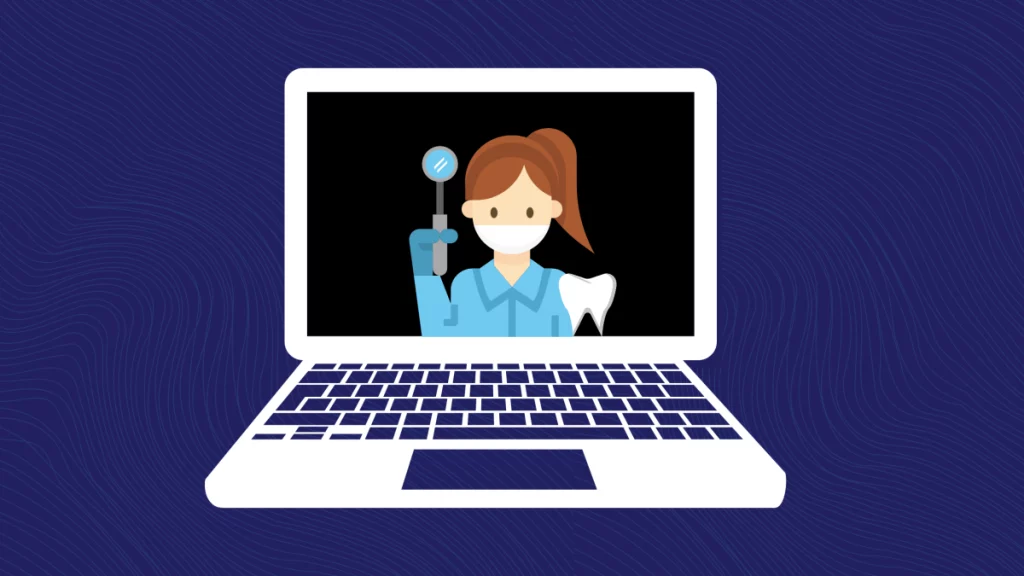
5. Minimizing Risk of Infection
Teledentistry also helps to minimize the risk of infection, particularly in situations like the COVID-19 pandemic, where social distancing and reducing in-person visits were critical. For patients with compromised immune systems or those who are more vulnerable to infections, remote consultations offer a safer alternative to traditional in-person visits.
By allowing for virtual consultations, teledentistry can help reduce the spread of infectious diseases, not only for patients but also for dental professionals who may be exposed to a high volume of patients in their clinics.
Limitations and When In-Person Visits Are Necessary
Despite the many advantages of teledentistry, there are several limitations to remote consultations, especially when it comes to comprehensive dental check-ups and more complex procedures.
1. Physical Examinations Are Still Necessary
While teledentistry is great for consultations and follow-up care, it cannot replace the need for a physical examination in certain situations. A dentist’s ability to perform a hands-on exam, check for signs of gum disease, take X-rays, or physically inspect teeth and gums is crucial for diagnosing and treating various dental conditions. For example, if a patient complains of tooth pain, a dentist cannot properly assess the cause without performing an in-person examination.
2. Limited Scope for Complex Procedures
Teledentistry is best suited for routine care, follow-up consultations, and minor issues. Complex procedures, such as root canals, tooth extractions, or the fitting of crowns and veneers, still require an in-person visit. Additionally, some dental problems may not be immediately obvious through digital images or video consultations and require physical tests or X-rays to assess properly.
3. Technology Barriers
Teledentistry relies heavily on technology, which can present challenges for certain populations. Patients who are not tech-savvy, do not have access to reliable internet, or lack the necessary devices may find it difficult to engage with teledentistry services. Furthermore, technical issues such as poor video quality or connectivity problems can hinder the effectiveness of virtual consultations.
4. Legal and Regulatory Issues
Teledentistry is subject to varying regulations depending on the region or country. In some areas, the legal framework for practicing teledentistry may not be fully established, leading to restrictions on what can be done remotely. Additionally, some insurance plans may not cover virtual consultations, limiting the financial feasibility of teledentistry for some patients.
Conclusion
Teledentistry has the potential to revolutionize routine dental care, offering a convenient, cost-effective, and accessible solution for many patients. The benefits, including increased accessibility, time savings, and improved patient engagement, make teledentistry an appealing option for routine check-ups and minor dental concerns. However, it is important to recognize that teledentistry has its limitations, particularly when it comes to physical examinations, complex procedures, and technology barriers. For optimal oral health, teledentistry is best used in combination with in-person visits when necessary.
As technology continues to evolve, it is likely that teledentistry will become a more integral part of the dental care landscape, offering an enhanced patient experience while complementing traditional in-person dental visits. For now, it serves as a valuable tool in making dental care more accessible and efficient for many patients, though in-person visits will remain a crucial aspect of comprehensive dental health care for the foreseeable future.








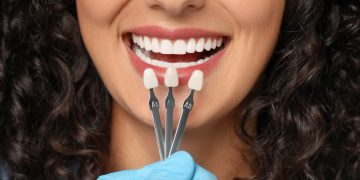
















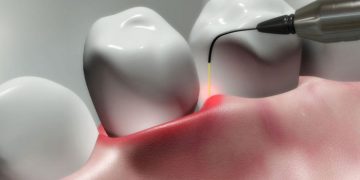




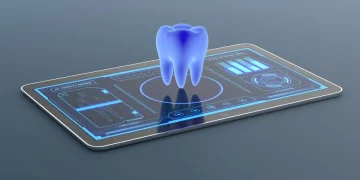
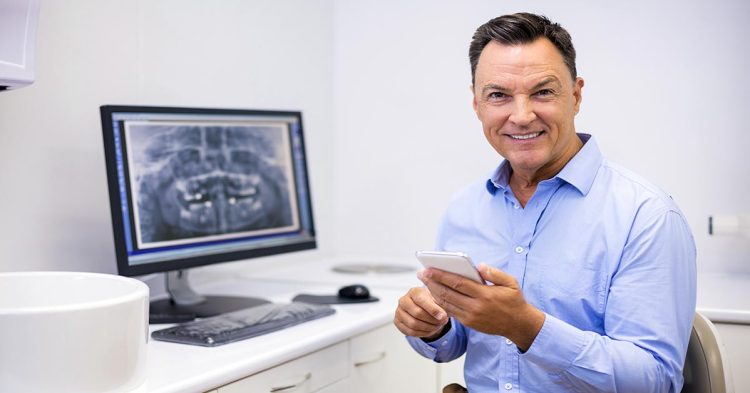













Discussion about this post